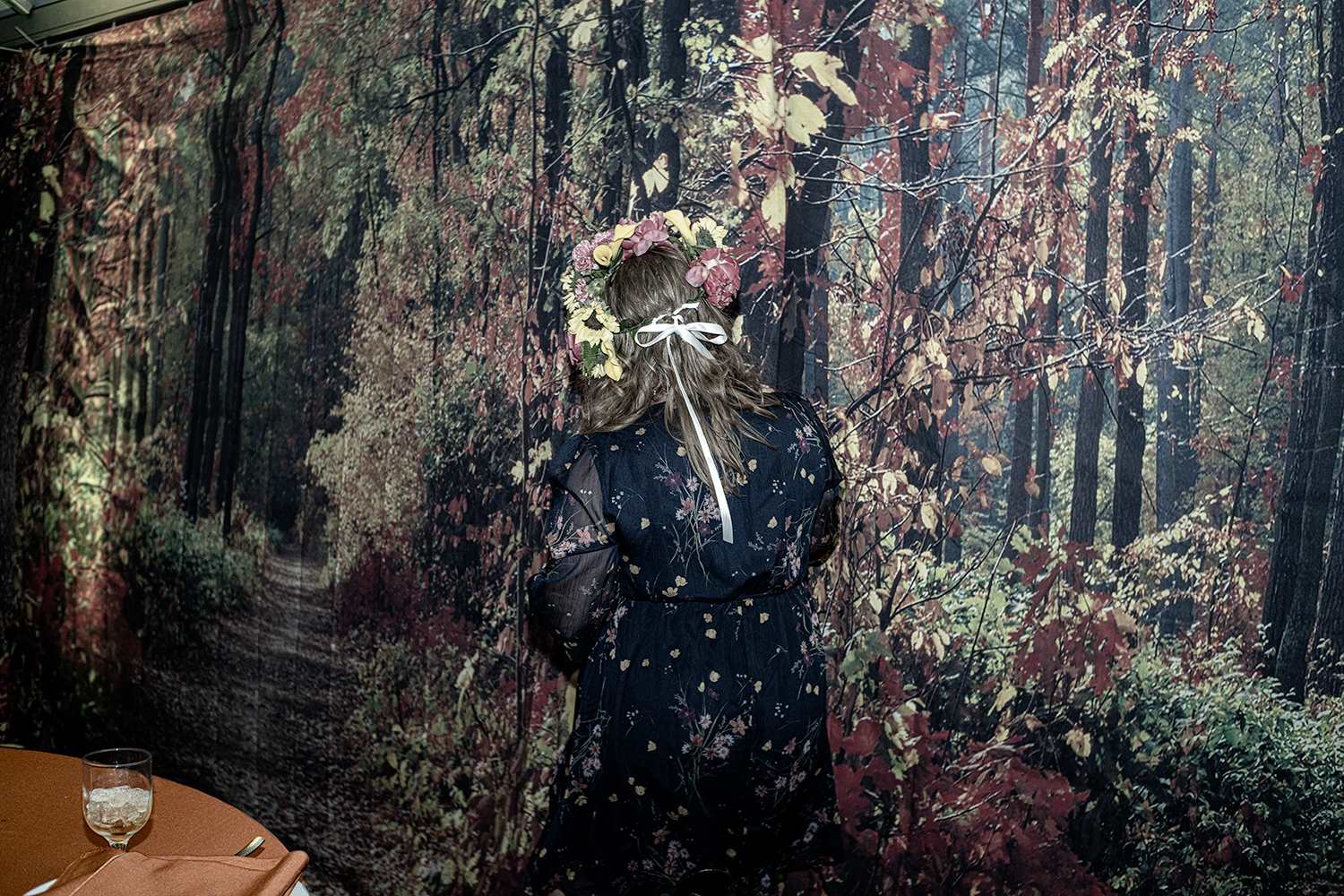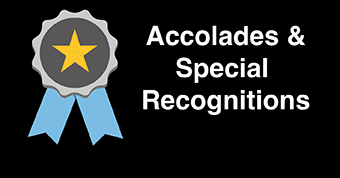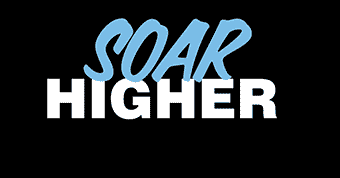Spotlight On: Joseph Podlesnik
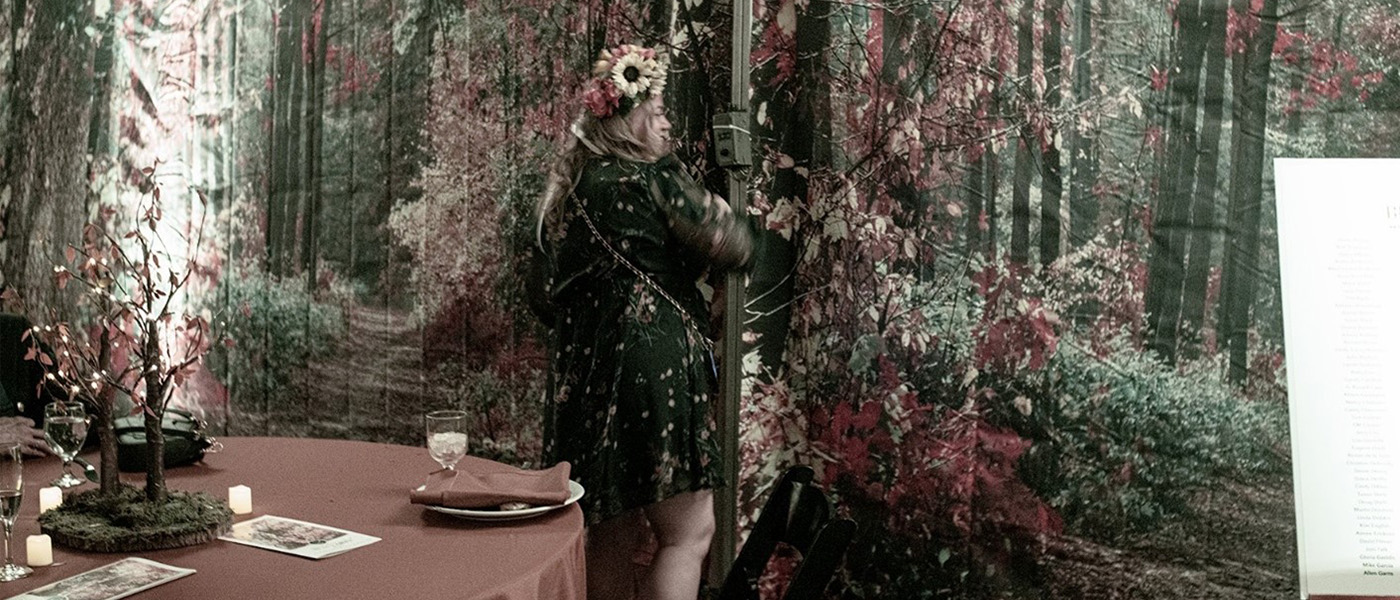
Joseph Podlesnik captured this image prior to the award-winning photo, “Confluence.”
Galloway, N.J. – They say a picture is worth 1,000 words. And in this case, for Adjunct Instructor of Art Joseph Podlesnik, his photo, “Confluence,” was worth even more – a Juror's Recognition Award in the Arizona Photography Alliance 2025 Members' Exhibition.
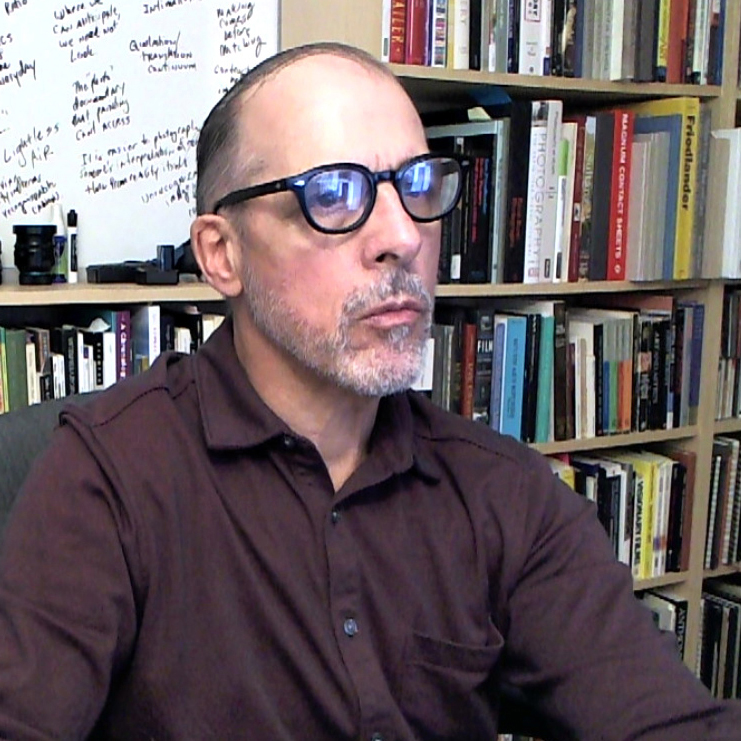
Podlesnik has been a part of Stockton's Visual Arts Program since 1993. He moved to Arizona in 2010, so he now teaches remotely, but previously taught painting, drawing and 2D design.
Below, he discusses his inspiration behind the award-winning photo, icons that have influenced his work and style, and upcoming projects on the horizon.
📷 How did it feel to learn that your piece, Confluence, was selected?
I was very surprised – especially when I was told while delivering my two photographs to the gallery space before installation that framed “fine art” photo prints are preferred over mounted prints. Oops! ... only to learn during the opening of the exhibition that my photo won third prize (chosen by Rebecca Senf, chief curator at the Center for Creative Photography in Tucson, Arizona) from over 130 photographs was quite a surprise. I couldn't believe it.
📷 Can you tell us the story behind the piece? What inspired the image, and what were you hoping to capture or convey?
I was attending the Scottsdale Artists' School Annual Art Auction. Of course, I had my camera with me, capturing photos - and in this particular case, I noticed that the dress and headdress of the auction organizer blended in with the mural on the inside of the large tent where the auction was held. Along with this, I played with my camera flash, knowing that a frontal flash would flatten out both the auction organizer and the tent mural, merging them both into a flat camouflage pattern. It was during post-production that I lightened the table setting in the lower left corner to help it stand out and add more dimension to the photo. My personal aesthetic tends toward images that conflate, merge or confuse visual recognizability. Visual ambiguity and the gestalt principle of closure are my guides.
📷 The Arizona Photography Alliance has a diverse and talented membership. What does it mean to have your work recognized among such a strong field?
I'm a relatively new member of the group, and I feel this recognition to be – especially in a photo alliance comprised of such talented and long-experienced photographers – quite an honor.
📷What was your creative process like for this piece: from concept to execution?
My process was noticing visual ambiguity and harmony/unity in a subject before me, then amplifying the confluence effect through a flattening frontal flash source of light. I’m glad I captured the figure from behind so that the associative power of a face didn't draw too much attention. I also like the dark path into the woods depicted in the mural on the left and how it plays off the figure.
Juror Rebecca Senf discusses "Confluence."
📷 How does your academic work at Stockton influence your photography – or vice versa?
I'm glad you asked this, as I was thinking of that. I'm grateful to teach a seminar course, which I wrote in 2005 for Stockton University, titled “The Image and the Eye,” – providing my students and myself with insights into visual communication, theories of pictorial language, and visual perception. The course covers at length E.H. Gombrich’s ideas around art, language and style (how they're made up of convention, training, schemata and expectations - strengthened, one hopes, by fresh insights gleaned from personal experience). Discoveries gleaned by my students in this course are a constant source of inspiration, helping me and others to try to see the visible world and our working mediums anew.
📷 Are there any particular artists, photographers, or movements that influence your work?
The work of art historians E. H. Gombrich, James Elkins and art theorist Rudolf Arnheim have influenced my work, as well as the photographers Henri Cartier-Bresson, Garry Winogrand, Joel Meyerowitz, William Eggleston, Stephen Shore, Diane Arbus, Robert Frank, Larry Sultan, Saul Leiter, Lee Friedlander, Elliot Erwitt, Nan Goldin and others. James Elkins' book, "What Photography Is," influenced my view of photography. In addition, painter Israel Hershberg planted in me the idea of the "veil" and how it differs from photo "information." Additionally, one of my professors during my undergraduate years, Roy R. Behrens, is another influence on how I think about design and imagery.
💭 What is something people would be surprised to learn about you?
When I was 18 years of age, living in Milwaukee, Wisconsin, with no plans for college, I was injured on the job in an industrial accident (falling 50 feet and spending six weeks in the hospital). This was an experience that shaped my life in ways I could not have imagined, an effect, I will say, not unlike what can happen when capturing some photographs.
📷 What advice would you give students or emerging photographers looking to enter juried exhibitions or develop their creative voice?
Look at and study an array of different photographers and their works that use different perspectives/approaches, and capture photographs religiously of themes/subjects that interest you. Stay open and experiment; don't be afraid to capture "bad" photographs, as one never knows what one might capture. Submit to juried exhibitions you think would apply to your particular photos.
📷 What's next for you creatively—any upcoming projects, exhibitions or ideas in the works?
Four of my photographs were just invited to take part in the “Resistance: Seen & Unseen” photo exhibition at the Rhode Island Center for Photographic Arts. Nine of my photographs are going to be published in the summer/fall issue of the Southampton Review (a literary journal of the Stony Brook Southampton MFA Program in Creative Writing & Literature). I also have a photograph in the “Many Lives: One Community” Exhibition at the Arizona Museum Capital, Phoenix, showing until August. I keep coming back to the idea of photographs as “mechanical tracings” (tracings of light and shadow, tracings of time and memory); it's easy to forget this amid our automatic responses to photographs and the proliferation of phone cameras, etc. I'm still not sure where this line of thought will take me, perhaps to another photo book. I'm always scrawling ideas on the whiteboard in my office.
Reported by Mandee McCullough
Photos submitted
